Human Granulin/GRN ELISA Kit
$299.00 – $419.00
ELISA Kit Detail Information
| Related Target | |
|---|---|
| Species | human |
| Sample Type | Serum, plasma, cell culture supernatant, and other biological samples |
| Sample Volume | 100 μL |
| Sensitivity | 10.81 pg/mL |
| Array Range | 125 pg/mL – 8000 pg/mL |
| Assay Time | 3.5 h |
| Recovery | 92% – 135% |
| Average Recovery | 104% |
| Intra Precision | 3.3% – 4.3% |
| Inter Precision | 3.9% – 4.8% |
| Plate | Detachable 96-well plate |
| Storage | If the reagent kit is unopened, it should be stored at 4℃. However, if it has been opened, the standard solution should be stored at -20℃, while the other components should be stored at 4℃. |
| Delivery | 4℃ blue ice transportation |
| Components | 96-well polystyrene enzyme-linked immunosorbent assay (ELISA) plate coated with anti-Granulin/GRN monoclonal antibody Human Granulin/GRN freeze-dried standard Granulin/GRN detect Antibody Standard Diluent HRP-labeled streptavidin Signal enhancer concentrate Signal enhancer diluent Assay Buffer(10×) Substrate TMB Stop Solution Washing Buffer(20×) Sealing Film |
| Assay Principle | This kit utilizes the double antibody sandwich enzyme-linked immunosorbent assay (ELISA) detection technique.Specific anti-human GRN antibodies are precoated on a high-affinity ELISA plate. Standard samples, test samples, and the detection antibody labeled with horseradish peroxidase are added to the wells of the ELISA plate. After incubation, GRN present in the samples binds to the solid-phase antibodies and the detection antibodies. After washing, a colorimetric substrate, TMB, is added and the plate is incubated in the dark for color development. The intensity of the color reaction is directly proportional to the concentration of GRN in the samples.A stop solution is added to terminate the reaction, and the absorbance value is measured at a wavelength of 450 nm (with a reference wavelength range of 570-630 nm). |
Related Targets
GRN
GRN Target Infomation Overview
- Target Symbol: GRN, granulin precursor
- Alias: PCDGF; PGRN; CLN11
- Alias Names: progranulin
GRN, granulin precursor Target Infomation by Species
- Human
- Mouse
- Rat
Human GRN Target Information
- Target Symbol: GRN, granulin precursor
- Alias:
- acrogranin
- CLN11
- epithelin
- GEP
- glycoprotein 88
- glycoprotein of 88 Kda
- GP88
- granulin
- granulin-epithelin
- granulins
- PC cell-derived growth factor
- PCDGF
- PEPI
- PGRN
- proepithelin
- progranulin
- NCBI_Gene: 2896
- UniProtKB: P28799
Human GRN Predicted Functions
Enables chaperone binding activity. Involved in several processes, including lysosomal lumen acidification; negative regulation of respiratory burst involved in inflammatory response; and positive regulation of lysosome organization. Located in several cellular components, including Golgi apparatus; late endosome; and lysosomal membrane. Implicated in dementia (multiple); neurodegenerative disease (multiple); neuronal ceroid lipofuscinosis 11; and primary progressive multiple sclerosis. Biomarker of several diseases, including Grn-related frontotemporal lobar degeneration with Tdp43 inclusions; atherosclerosis; autistic disorder; multiple sclerosis (multiple); and neurodegenerative disease (multiple).
Mouse Grn Target Information
- Target Symbol: Grn, granulin
- Alias:
- acrogranulin
- epithelin
- PC cell-derived growth factor
- Pgrn
- progranulin
- NCBI_Gene: 14824
-
- UniprotKB: P28798
- UniprotKB: H3BJ90
- UniprotKB: H3BJE0
- UniprotKB: H3BLC9
- UniprotKB: Q3TVQ3
- UniprotKB: Q3TW77
- UniprotKB: Q3TWT4
- UniprotKB: Q3TX66
- UniprotKB: Q3U5Q6
- UniprotKB: Q3U8W3
- UniprotKB: Q3U9K2
- UniprotKB: Q3U9N4
- UniprotKB: Q3UAJ3
- UniprotKB: Q3UC19
- UniprotKB: Q3UD85
- UniprotKB: Q3UDD6
- UniprotKB: Q544Y8
Mouse Grn Predicted Functions
Predicted to enable chaperone binding activity. Involved in several processes, including astrocyte activation involved in immune response; positive regulation of cellular component organization; and regulation of defense response. Acts upstream of or within several processes, including blastocyst hatching; locomotory exploration behavior; and lysosomal protein catabolic process. Located in several cellular components, including endoplasmic reticulum; lysosome; and trans-Golgi network. Is expressed in several structures, including early conceptus; gonad; integument; nervous system; and placenta. Used to study Grn-related frontotemporal lobar degeneration with Tdp43 inclusions and nephrogenic diabetes insipidus. Human ortholog(s) of this gene implicated in dementia (multiple); neurodegenerative disease (multiple); neuronal ceroid lipofuscinosis 11; and primary progressive multiple sclerosis. Orthologous to human GRN (granulin precursor).
Rat Grn Target Information
- Target Symbol: Grn, granulin precursor
- Alias:
- acrogranin
- epithelin
- granulin
- granulins
- PEPI
- PGRN
- proepithelin
- progranulin
- prostate cancer cell-derived growth factor
- NCBI_Gene: 29143
Rat Grn Predicted Functions
Predicted to enable chaperone binding activity. Involved in several processes, including chondrocyte proliferation; positive regulation of dendritic spine development; and response to estradiol. Predicted to be located in several cellular components, including late endosome; lysosomal membrane; and trans-Golgi network. Predicted to be active in extracellular region. Biomarker of status epilepticus. Human ortholog(s) of this gene implicated in dementia (multiple); neurodegenerative disease (multiple); neuronal ceroid lipofuscinosis 11; and primary progressive multiple sclerosis. Orthologous to human GRN (granulin precursor).

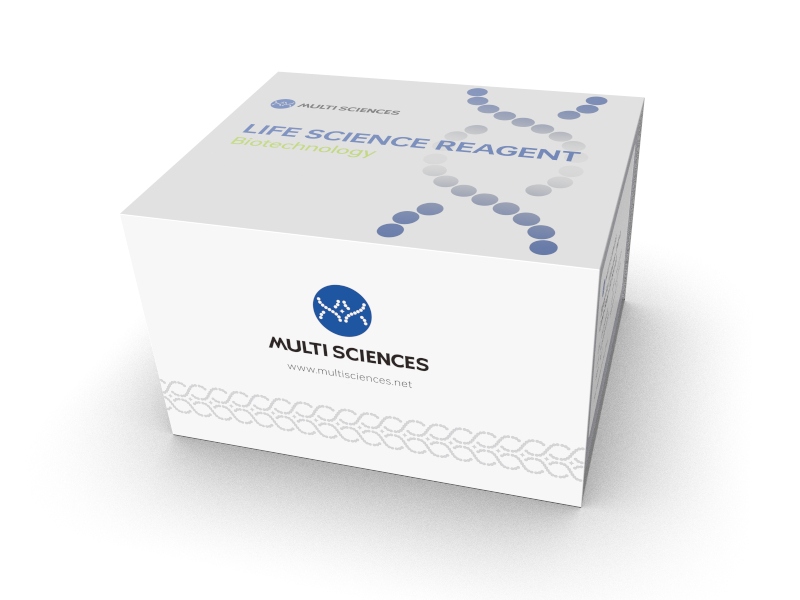
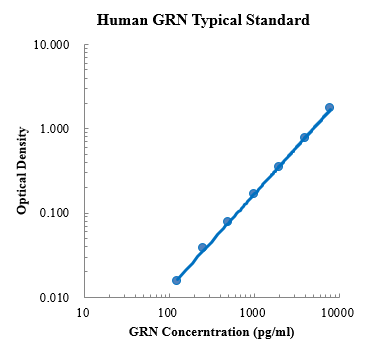
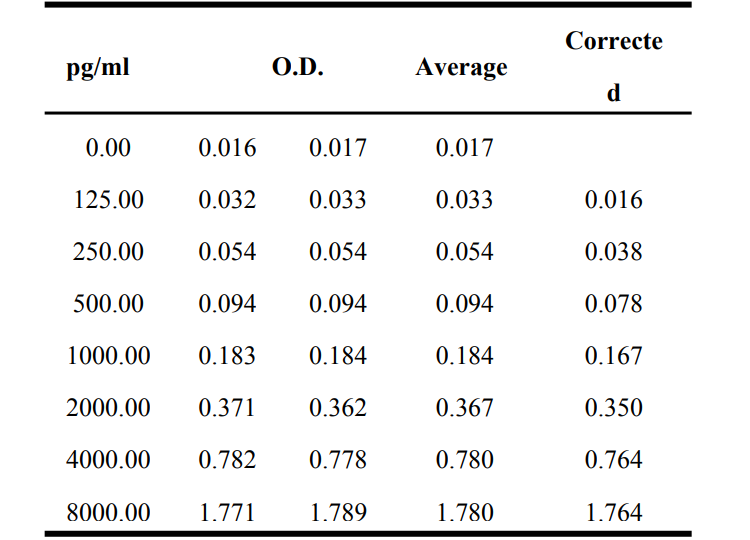
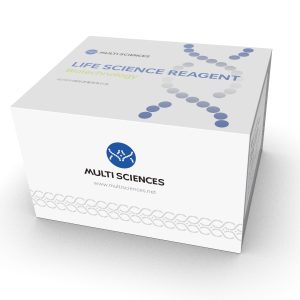

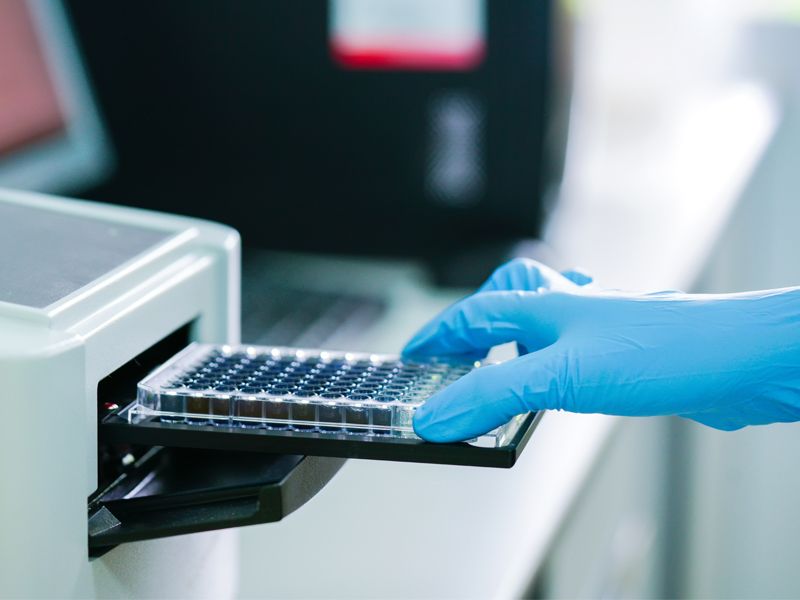
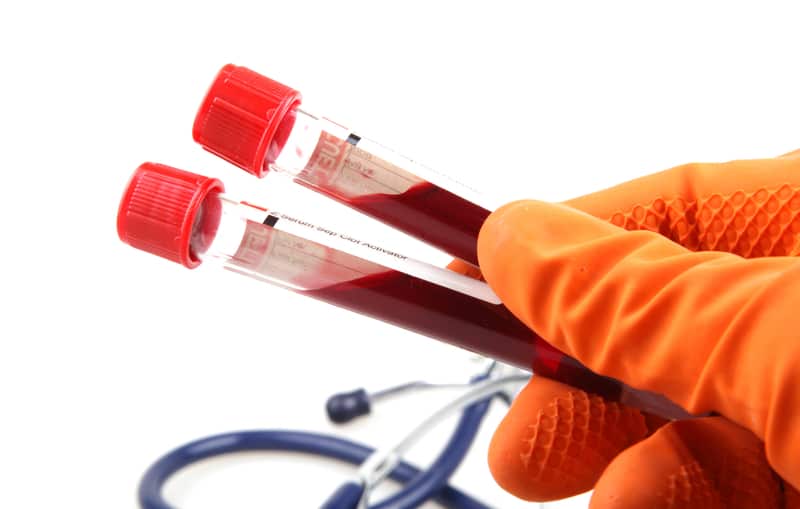
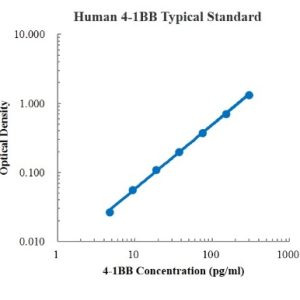
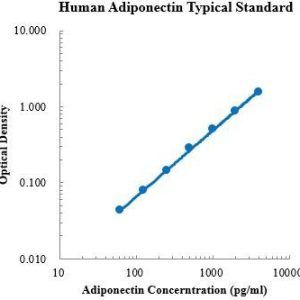
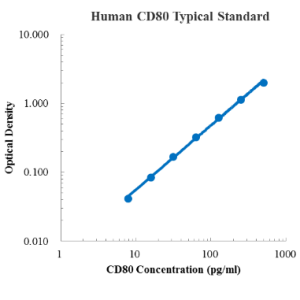
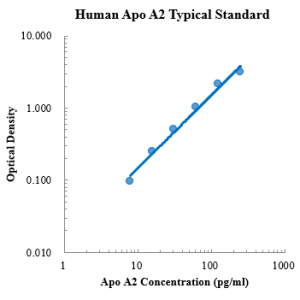
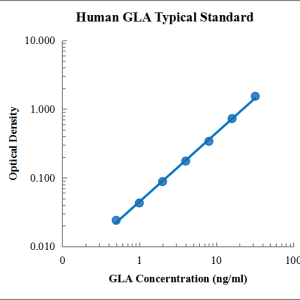
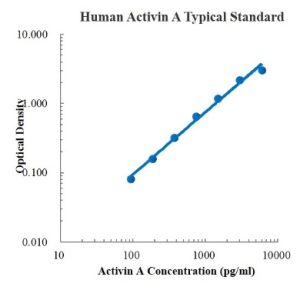
Reviews
There are no reviews yet.